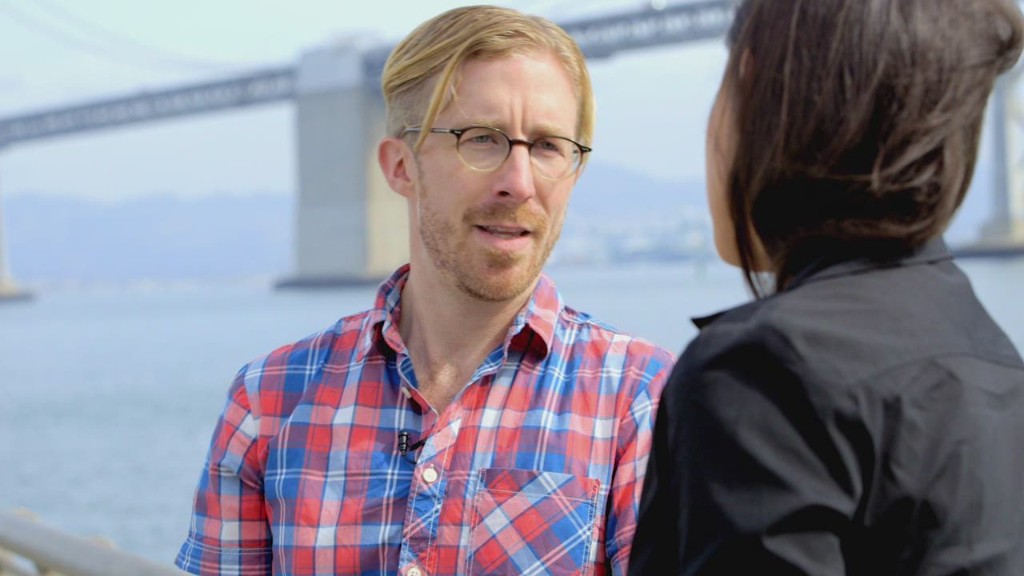
The Twitter hashtag is celebrating its 10th birthday.
The hashtag character (#) popularized on Twitter (TWTR) was tweeted for the first time by designer Chris Messina on this day in 2007.
He asked his followers: "how do you feel about using # (pound) for groups. As in #barcamp [msg]?"
It's since become a way to track trends and connect with groups on Twitter. A hashtag placed in front of a word on the platform turns ideas, events, or any combination of words into a link that takes you directs you to a larger conversation. For example, people use it to follow along with Game of Thrones, live events and protests, and share support for causes like #PressOn.
It's even made its way into our real-life lexicon: It has its own entries in the Oxford and Merriam Webster dictionaries.
However, Messina told CNN in 2015 his original suggestion received "mixed feedback."
"Some people said 'that sounds fine' ... other people said it was the dumbest idea ever,'' he said.
But when his friend started tracking a wildfire in San Diego, Messina told him to use a hashtag so Twitter users could follow the updates. The concept took off from there.
But the hashtag wasn't born on Twitter. The hash -- also called the octothorp -- first appeared on touch-tone telephones in the 1960s. We still use the character to interact with automated phone systems.
Users on Internet Relay Chat, a popular chat room software, long used the pound sign on the internet to join different channels. It's unclear who invented the IRC hashtag.
Facebook (FB) adopted hashtags years later in 2013, but it serves the same purpose.
Despite being a decade old -- and sometimes considered an eyesore -- hashtags still serve the purpose they were designed to. Millions of people watched the solar eclipse on Monday and shared their experiences with #SolarEclipse2017.
Meanwhile, #PhoenixRally trended on Twitter on Tuesday night during President Trump's rally, where large groups of protesters gathered outside his event.

